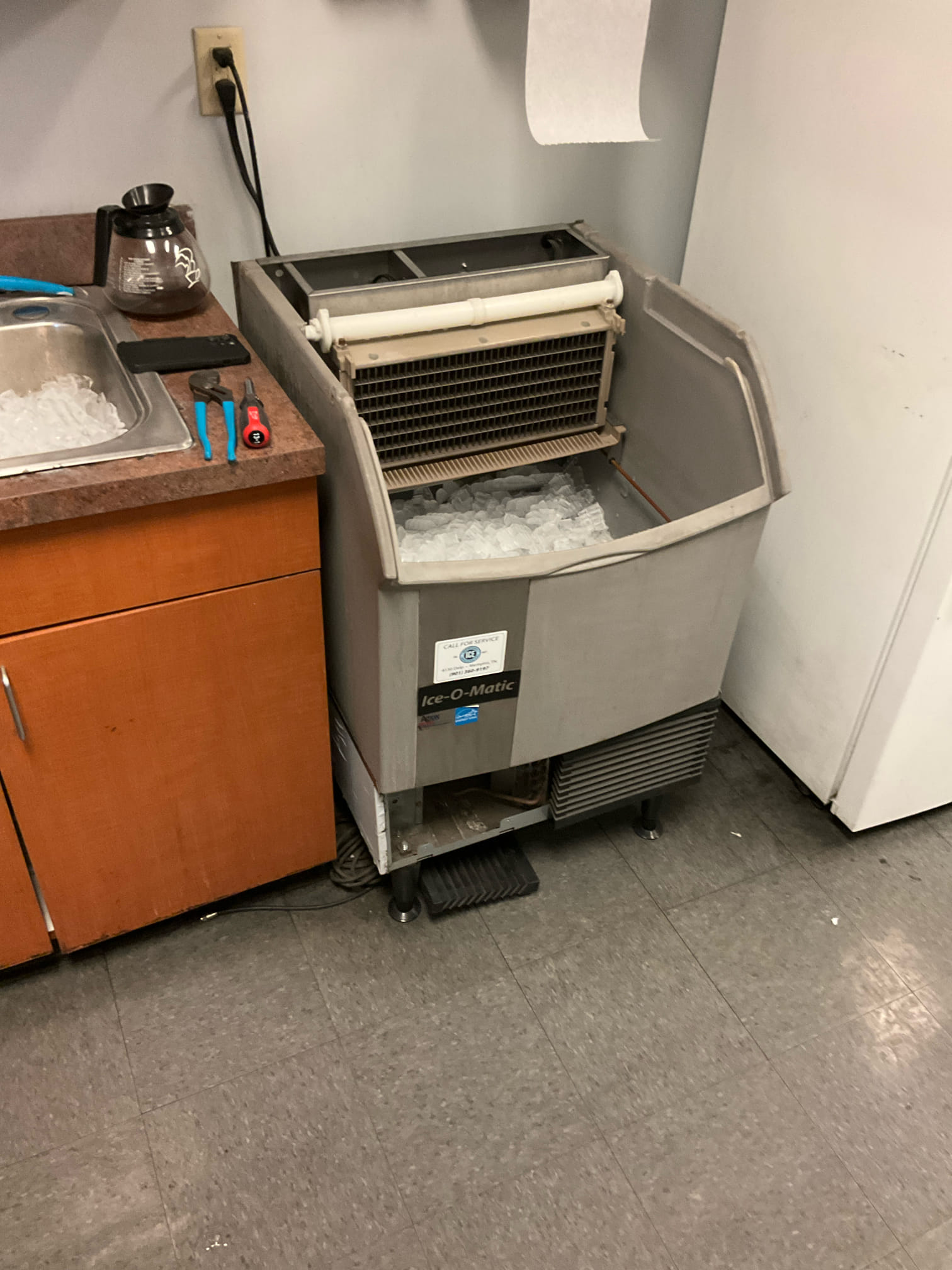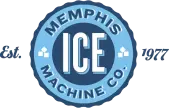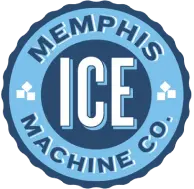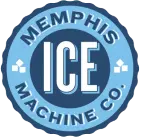proudly serving
the mid-south
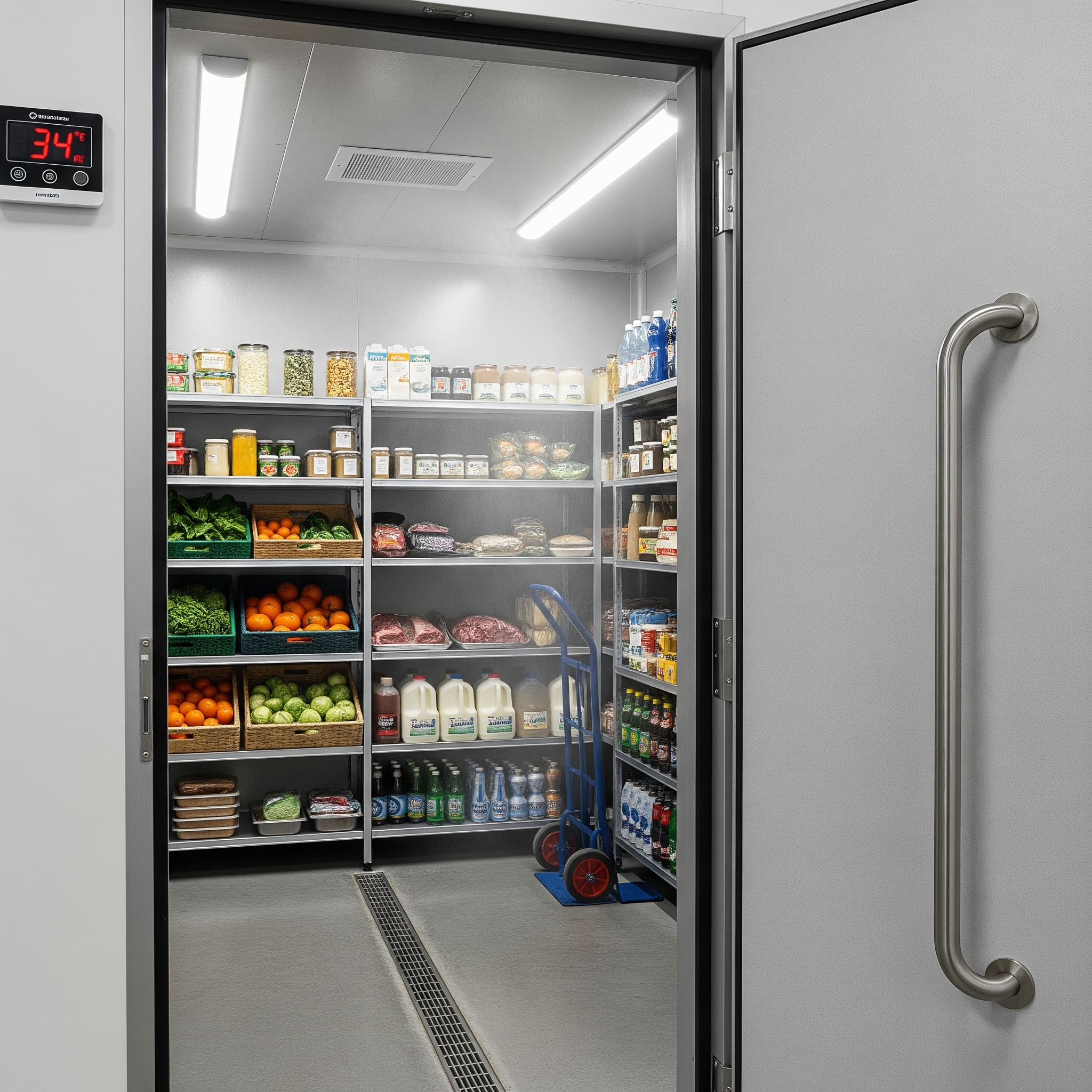
Walk-In Freezer Not Cooling Troubleshooting Tips and Fixes
If your walk-in freezer isn’t cooling properly, it can throw your whole operation off. The most common reasons are dirty condensers, compressor trouble, or bad door seals letting cold air slip out. Catching issues early can save you from spoiled food and expensive repairs.
You rely on your walk-in freezer every day to keep products fresh and safe. At Memphis Ice, we’ve helped folks across the Mid-South stay cold and steady for nearly five decades. Knowing what to check—and when to call someone in—really keeps things running without a hitch.
It doesn’t matter if you’re running a restaurant, hospital, or retail shop; keeping your freezer in top shape matters. Let’s look at some straightforward steps to troubleshoot and maintain your walk-in before you call for service.
Common Reasons Your Walk-In Freezer Is Not Cooling
When your walk-in freezer stops cooling, it’s usually a handful of parts causing the problem. Power hiccups, thermostat issues, low refrigerant, or a tired compressor top the list. Knowing what to watch for can help you dodge wasted time and food.
Power Supply Issues
Your freezer needs solid, steady power to do its job. Double-check that it’s plugged in right and the outlet’s working. Sometimes, a tripped breaker or blown fuse is all that’s stopping things. Take a look at the wiring for any damage or loose spots that might cut the juice.
If the freezer shares a circuit with other big machines, it might overload and cause annoying power drops. That makes the compressor cycle on and off, and cooling takes a hit. Keep those breakers reset and try not to crowd the circuit.
Test the voltage if you can, making sure your unit’s getting what it needs. If power issues keep popping up, you’ll want a qualified technician from Memphis Ice to dig in and fix any electrical quirks.
Thermostat Malfunctions
The thermostat sets the freezer’s temperature. If it’s off or broken, things can get too warm—or not run at all. Sometimes, the sensor just gives up and sends bad info.
Try changing the setting and see if anything happens. If the compressor stays quiet or nothing cools down, the thermostat might be toast.
Swapping out or recalibrating thermostats isn’t something to rush. Get a Memphis Ice tech to check it out and handle replacements so your freezer stays steady.
Refrigerant Leaks
Refrigerant’s what pulls heat out of your freezer. If there’s a leak, cooling goes downhill fast. You might notice frost building up, hear a hiss, or find the compressor lines warmer than usual.
Leaks lower pressure and cripple heat removal, so temps climb and freezing gets patchy.
Only trained techs should tackle refrigerant. They’ll find the leak, patch it, and recharge the system. If you think there’s a leak, don’t wait—book a service call before things get worse.
Faulty Compressors
The compressor does the heavy lifting for your freezer’s cooling. If it’s on the fritz, you’ll hear it—loud noises, endless running, or silence when it should start.
Motors burn out, parts wear down, or electrical gremlins pop up inside the compressor. Without it, your freezer won’t keep cold.
Diagnosing compressors takes the right tools and know-how. Memphis Ice can test and swap out compressors as needed. Don’t ignore early warning signs; it’ll save you from panic repairs later.
How To Troubleshoot Temperature Problems
If your walk-in’s not cooling, check a few basics first. Electrical issues, thermostat settings, bad door seals, or grimy evaporator coils are usual suspects. A careful look at these can often get things back on track.
Checking Electrical Connections
Start with the wiring. Loose or busted wires can stop your freezer cold.
Always cut the power before poking around. Look for frayed wires or burnt spots near the compressor and control panel. Make sure everything’s snug.
If you’ve got a multimeter, check voltage at key spots. Off readings? Time to call an electrician or service tech.
Lots of freezer headaches start with neglected electrical stuff. Keeping it tidy saves you grief later.
Testing the Thermostat
The thermostat calls the shots for temperature. If it’s acting up or set wrong, cooling suffers.
Check the set point—usually between -10°F and -20°F. If it seems off, adjust it.
Try nudging the temp up or down and listen for the compressor. No response? The thermostat could be shot.
Old thermostats just wear out. If it’s not reacting or feels wobbly, you’ll probably need a pro from Memphis Ice to swap it out.
Inspecting Door Seals
Damaged or dirty door seals let cold air sneak out. Look at all the gaskets.
Check for cracks, tears, or gaps around the edges. Press along the seal—does it grab all the way around?
Clean with warm water and mild soap. Skip harsh chemicals that eat rubber.
If the seal’s floppy or warped, replace it. Even a tiny gap can mess with cooling and spike your energy bill.
Monitoring Evaporator Coils
Evaporator coils pull heat from the air inside. If they’re dirty or iced over, cooling drops off fast.
Peek behind the coils for dust, dirt, or frost. Blocked coils make your system work overtime.
If you see ice, defrost the freezer before firing it back up. Cleaning the coils every few months helps avoid this mess.
Keep an eye on coil condition, especially if your kitchen’s always busy. It really makes a difference.
Memphis Ice has been helping the Mid-South with refrigeration issues for decades, so don’t hesitate to reach out if you’re stuck.
When to Seek Professional Help
Sometimes, quick fixes just won’t cut it. Spotting when your freezer needs real repair saves time, money, and headaches. Here are some red flags that mean it’s time to call in the pros.
Identifying Major Mechanical Failures
If your freezer stops cooling or the temperature jumps around, it’s probably a big mechanical problem. Broken compressors, bad thermostats, and refrigerant leaks need special tools and know-how.
Hear weird noises—hissing, banging? That could mean busted coils or dirty components. If you’ve checked the basics like seals and power and still have trouble, don’t try to fix the hard stuff yourself.
When your freezer won’t stay cold or makes odd sounds, get a tech out there. Memphis Ice has certified folks who’ll get it sorted so you can get back to business.
Assessing Safety Risks
A broken freezer can get dangerous fast. Frost buildup, water leaks, or electrical issues put workers and inventory at risk. Too much frost chokes airflow, making the freezer strain and possibly break down.
If you spot leaking refrigerant or smell something weird, stop using the freezer and call for help. Refrigerants can be nasty, and water leaks might cause slips or shorts.
Don’t ignore the warning signs. Regular checks and quick action keep everyone safe and your goods protected.
Warranty and Service Considerations
Got a warranty? DIY fixes might void it. Most manufacturers want repairs done by approved techs. Calling a pro keeps your warranty good and ensures the job’s done right.
Instead of guessing what’s wrong, use your service plan or reach out to a trusted shop like Memphis Ice for scheduled maintenance and repairs. That way, your freezer lasts longer and surprise bills stay away.
Keep records of all service visits—it helps with warranty claims and shows you’ve taken care of your gear. Good maintenance pays off in the long run.
Essential Preventive Maintenance Tips
Keeping your walk-in freezer humming means stopping problems before they start. Simple things like cleaning, regular checks, and watching temperature shifts help you catch issues early. It’s all about protecting your inventory and your peace of mind.
Regular Cleaning Procedures
Dirt and gunk block airflow and make the freezer work overtime. Clean condenser coils every three months with a soft brush or vacuum. Dirty coils mean less efficiency and a hot, stressed compressor.
Wipe down evaporator fan blades so air can move freely. Check door seals every day for cracks or gaps and keep them clean. Bad seals let warm air in, which forces your freezer to work harder.
Don’t forget the drains and drip pans. Keep them clear so moisture can’t freeze and cause ice buildup.
Scheduling Routine Inspections
Set up a regular inspection schedule with a refrigeration pro—twice a year is a good start, before the hottest and coldest seasons. Techs will check refrigerant, test the wiring, and look for worn-out parts.
Routine checks catch little problems before they blow up. Compressors, fans, and controls all get a look to make sure nothing’s about to fail. Memphis Ice stands by this approach for reliable equipment year-round.
Make sure inspections include checking thermostat and sensor accuracy. Bad readings can send your freezer into the wrong cycle and waste energy.
Monitoring Temperature Logs
Keep a simple chart or notebook for daily or weekly temperature checks. Log the freezer’s temp at least twice a day. This helps spot odd trends or sudden jumps that could mean trouble.
Set up alerts if temps go above your set point. Early warnings mean you can act fast to save your stock. Over time, these logs help techs diagnose problems quicker.
Label your logs clearly. This record comes in handy for service visits and shows you’re on top of things. Memphis Ice recommends this as part of any solid maintenance plan.
How Environmental Factors Affect Freezer Cooling
Your freezer’s cooling power depends a lot on what’s happening around it. Changes in temperature and airflow can really impact performance.
Ambient Temperature Impact
If the air around your freezer gets too hot, the system has to work double-time to keep things cold. That’s especially true during summer or if the freezer’s in a spot that’s not air-conditioned. High temps mean higher energy use and less efficiency.
On the flip side, if it’s freezing outside and the freezer’s exposed, you might see frost buildup that can mess with cooling. Keeping your freezer in a spot with stable temps helps it run smoother and last longer.
Ventilation and Airflow Concerns
Airflow matters—a lot. If vents or condenser coils get blocked, heat can’t escape and the compressor overheats. That drops cooling power fast.
Keep fans and vents dust-free. Don’t wedge the freezer into a tight corner with no airflow. Memphis Ice suggests regular professional cleaning to keep things running right all year.
Upgrading and Replacing Freezer Components
If your walk-in freezer just won’t cool, swapping out parts might be the answer. Picking the right components and knowing what they’ll cost helps you get things back to normal fast. Saving on energy bills never hurts either.
Choosing Energy-Efficient Parts
When it’s time to upgrade, go for parts that sip power instead of guzzling it. Energy-efficient compressors and fans can shrink electricity bills and ease the load on your system. Look for Energy Star ratings or similar badges—they’re worth it.
Modern thermostats give you better control and help avoid running the freezer colder than necessary. Swapping out tired door gaskets keeps cold air where it belongs.
The right replacement parts can stretch your freezer’s lifespan and cut costs. Memphis Ice recommends sticking with proven, compatible parts for the best results.
Evaluating Replacement Costs
When it comes to swapping out freezer parts, you’re usually looking at both the price of the part and whatever your technician charges for labor. The numbers swing pretty widely depending on what’s broken and how big your unit is. Here’s a rough idea:
| Component | Expected Cost Range |
| Compressor | $600 to $2,000+ |
| Thermostat | $100 to $400 |
| Door Gaskets | $150 to $500 |
Labor? That’s a wild card. It can tack on a few hundred bucks, especially if the repair’s tricky or the freezer’s tucked in a hard-to-reach spot.
If you’re planning ahead, it’s worth considering how a pricier, energy-efficient upgrade could cut your bills over time. Sometimes it just makes sense to pay more now so you’re not stuck with constant repairs or sky-high utility costs later. Not that anyone loves spending extra upfront, but you know how it goes.
Memphis Ice has been in the Mid-South game for ages, and honestly, they’re a solid resource if you want to talk through what makes sense for your setup and budget.
Frequently Asked Questions
If your walk-in freezer’s acting up, you might be dealing with one of several common issues. Spotting the problem early can save you from a long shutdown or a wallet-busting repair.
What could be causing my walk-in freezer to stop cooling effectively?
Dirty condenser coils, a busted thermostat, or low refrigerant could all be culprits. Sometimes it’s the compressor on its last legs, or maybe the evaporator fan just isn’t spinning like it should.
Are there simple troubleshooting steps I can take before calling in a professional for my walk-in freezer issues?
Try checking if the door shuts tight and the seal isn’t torn up. If the condenser coils look grimy, give them a quick clean. Also, peek inside and make sure nothing’s blocking the air vents.
How can I tell if the compressor is the problem with my walk-in freezer’s temperature?
If you touch the compressor and it’s scorching hot, or you hear weird noises, that’s a red flag. Another giveaway? The freezer never seems to hit the right temp and just keeps running.
Can a faulty door seal lead to cooling problems in a walk-in freezer?
Absolutely. If the door seal’s cracked or not sitting right, warm air sneaks in and the freezer has to work overtime. Check those seals now and then—replace them if you spot any damage.
What signs should I look for to determine if the evaporator coils are frosted over and affecting my freezer’s performance?
Watch for thick ice crusting over the coils or if you notice the air isn’t moving well inside. That frost basically acts like a blanket, trapping heat and making the freezer warm up.
How often should I perform maintenance checks on my walk-in freezer to prevent cooling issues?
Check important parts—door seals, coils, fans—every three months or so. Staying on top of these little things usually keeps your freezer humming along and helps you dodge bigger headaches down the line.
If you ever need a hand, Memphis Ice has been helping folks since 1977. Their crew knows their stuff and can jump in with quick, solid service when things go sideways.
Recent News
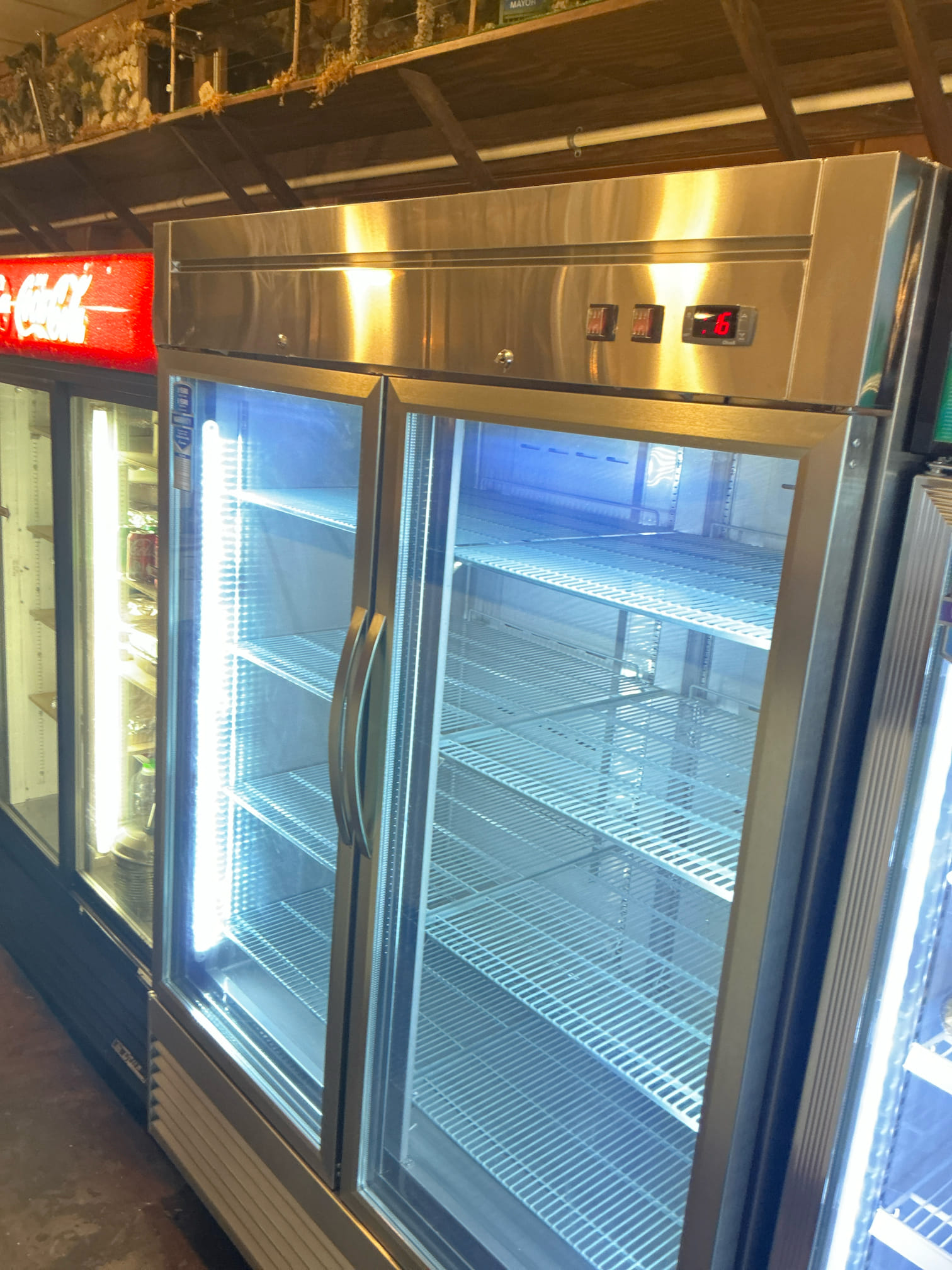
Best Practices for Storing Food Around Ice Bins Safely and Efficiently
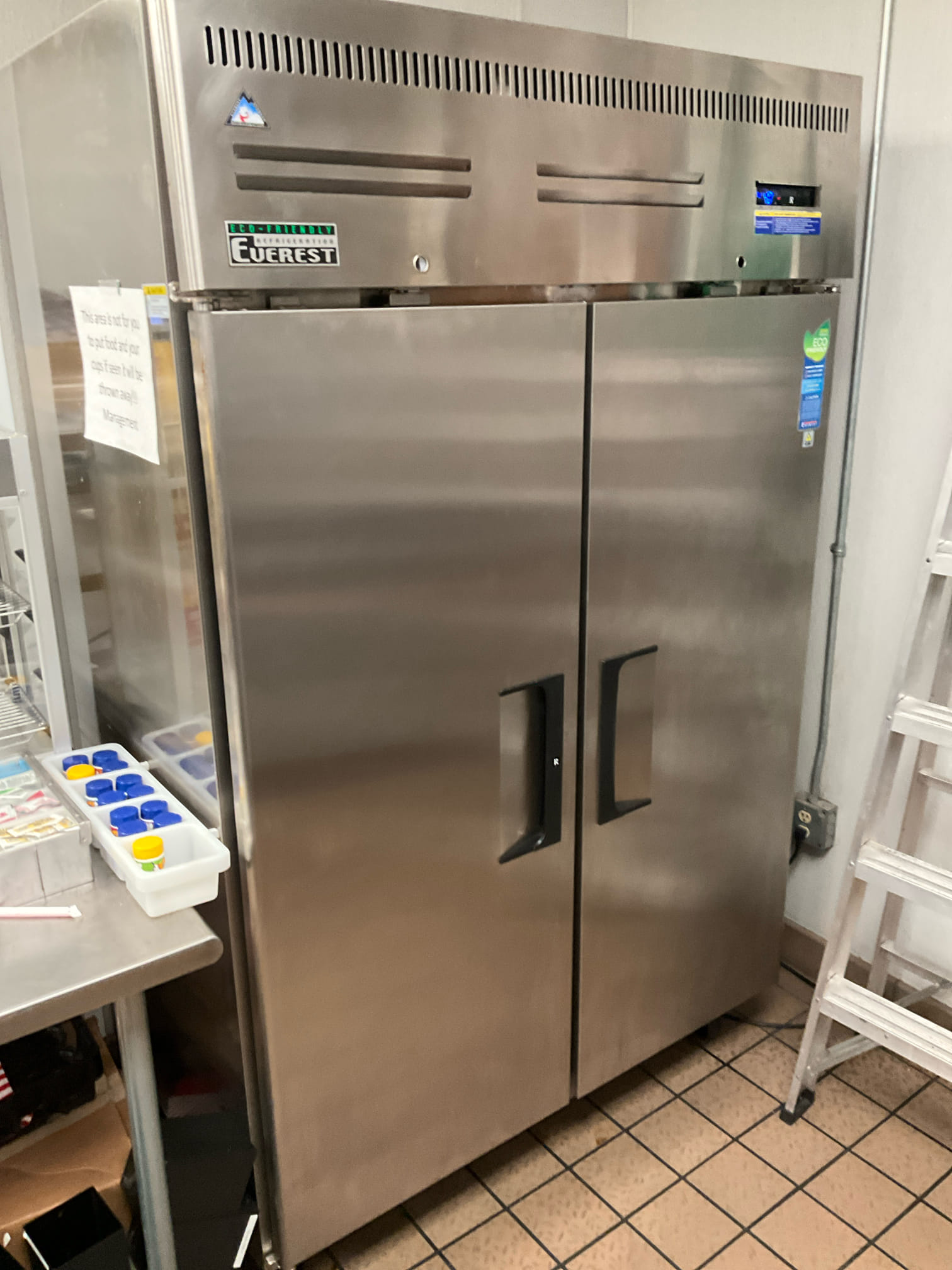
Best Practices for Loading and Unloading Walk-In Freezers Made Easy and Efficient
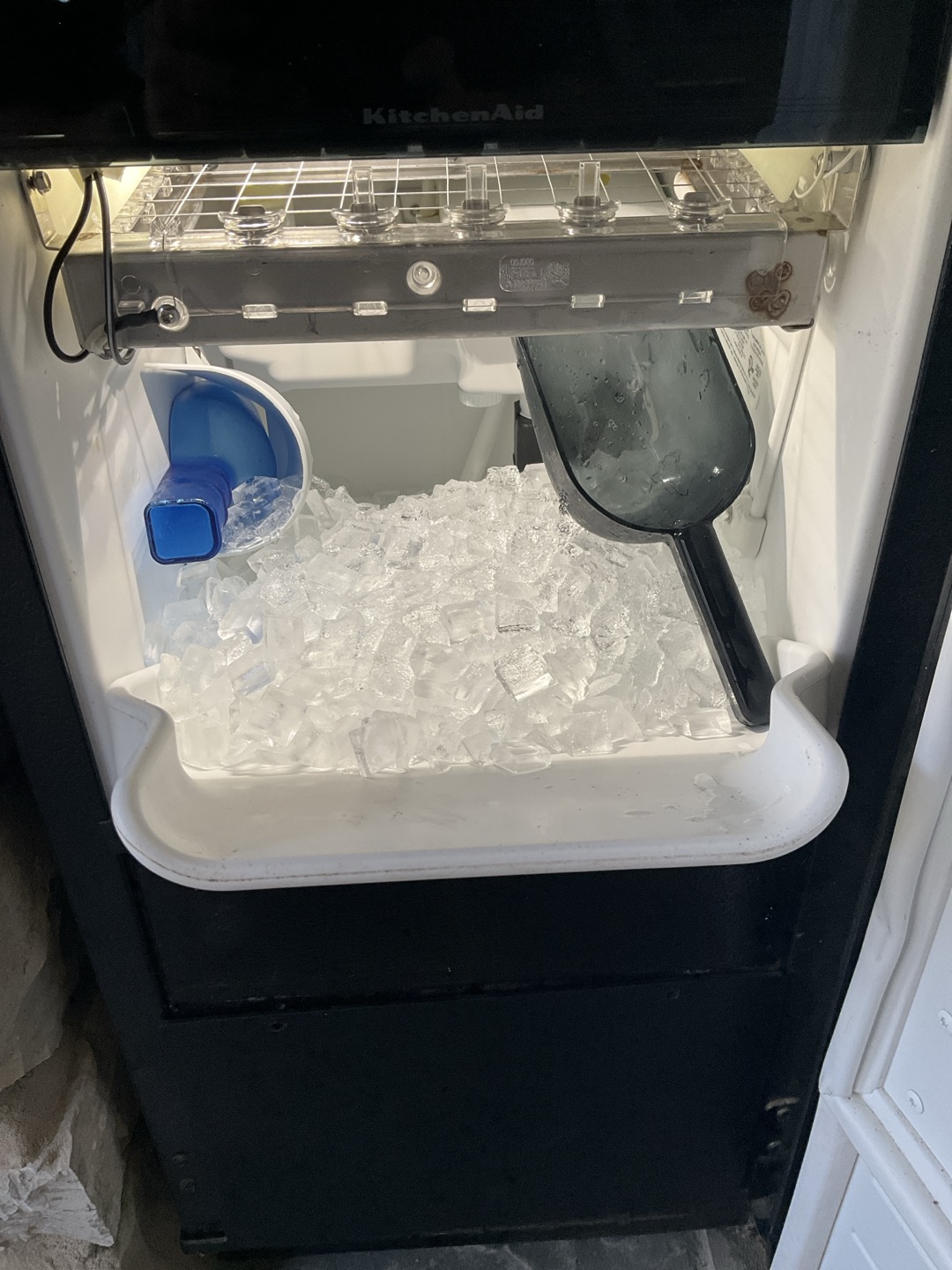
Best Practices for Cleaning Walk-In Cooler Shelving Tips for Maintaining Hygiene and Efficiency
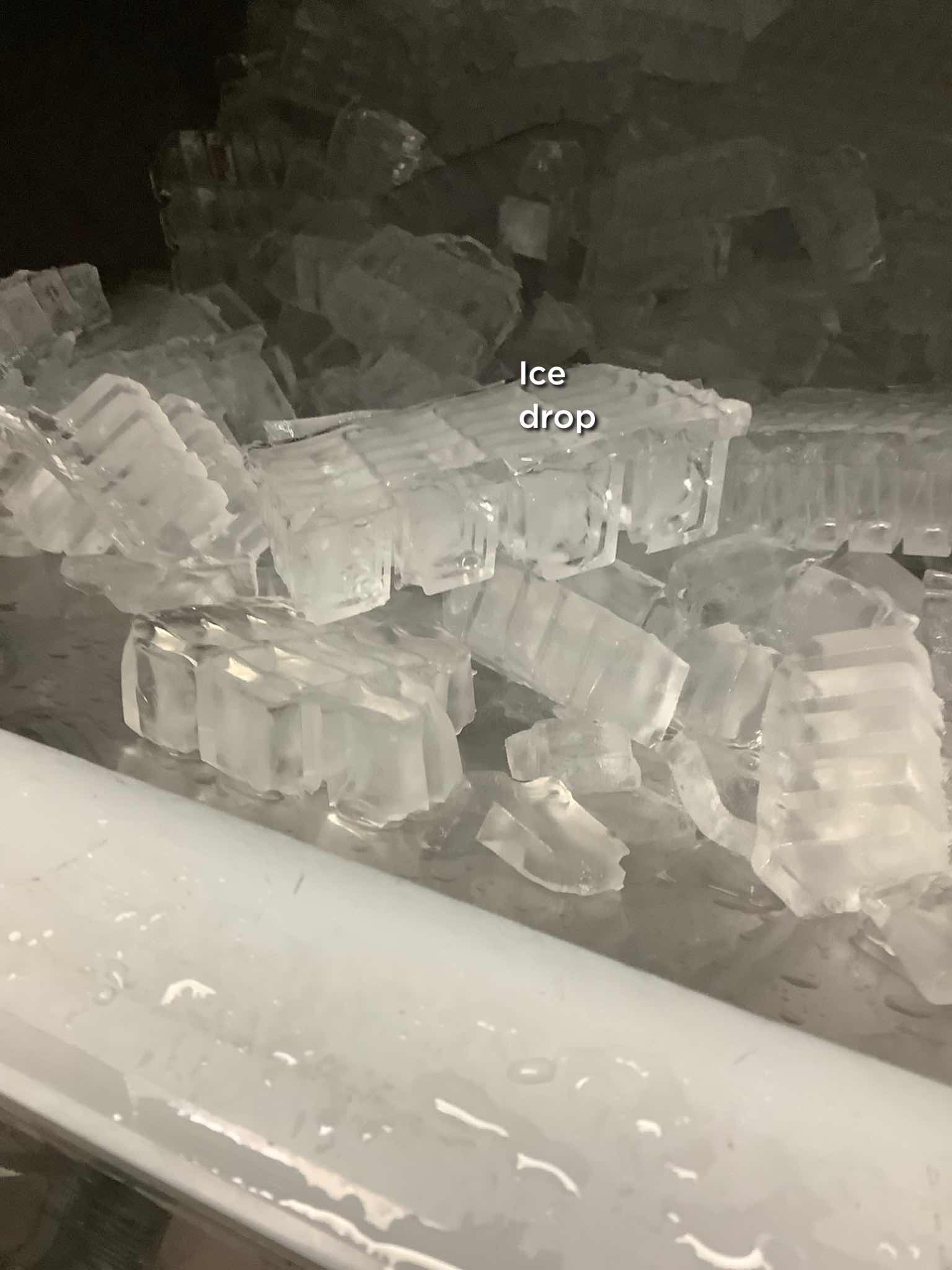
Best Practices for Cleaning and Sanitizing Commercial Ice Equipment to Keep It Safe and Sparkling

Best Maintenance Tips for Bar Refrigeration Systems to Keep Your Drinks Cold and Equipment Running Smoothly
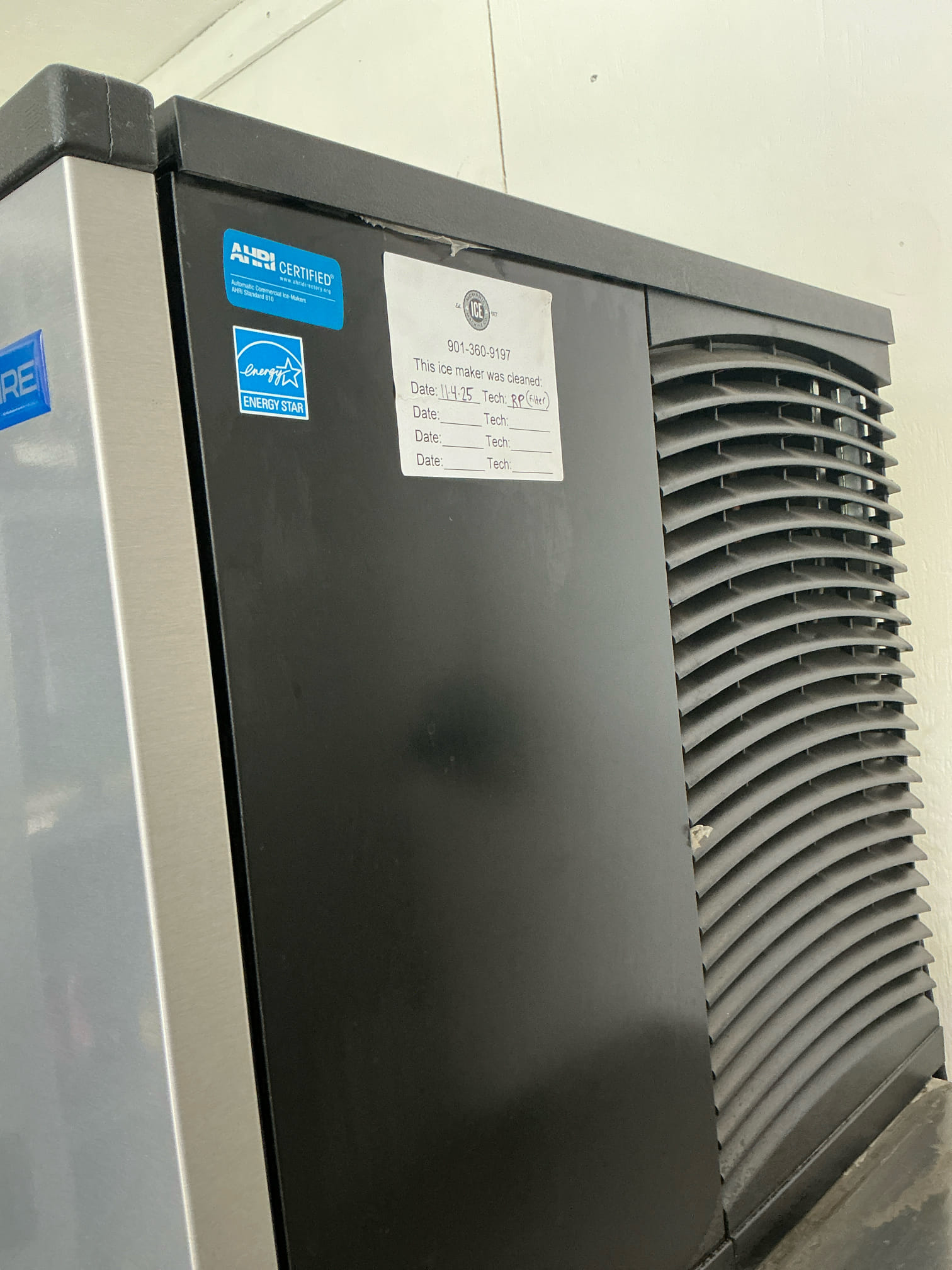
Benefits of Working with Certified Refrigeration Technicians for Reliable and Efficient Cooling Solutions
